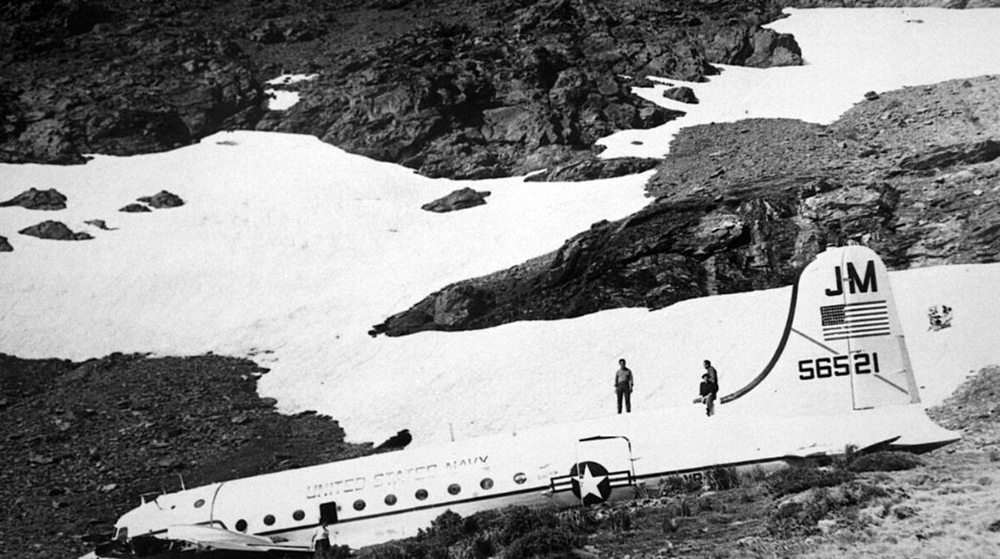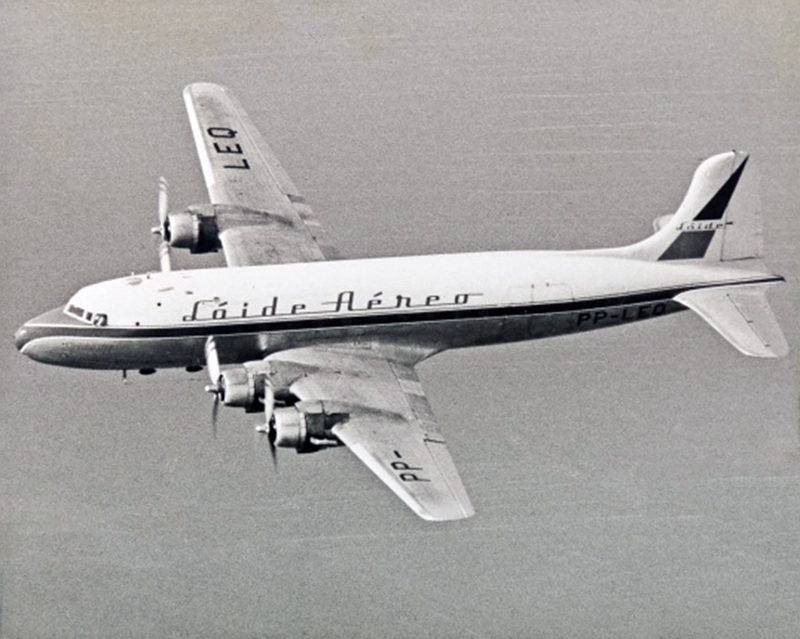Crash of a Douglas DC-4-1009 off Mpouya
Date & Time:
Sep 1, 1960
Registration:
YK-AAR
Survivors:
Yes
Schedule:
Accra – Léopoldville
MSN:
43097
YOM:
1947
Crew on board:
5
Crew fatalities:
Pax on board:
9
Pax fatalities:
Other fatalities:
Total fatalities:
0
Circumstances:
While performing a cargo flight from Accra to Léopoldville, the crew encountered technical problems with the engines and elected to make an emergency landing. Eventually, the captain decided to ditch the aircraft in the Congo River off Mpouya, about 230 km northeast of Léopoldville. While the aircraft sank and was lost, all 14 occupants were rescued.
Probable cause:
Engine problems.














